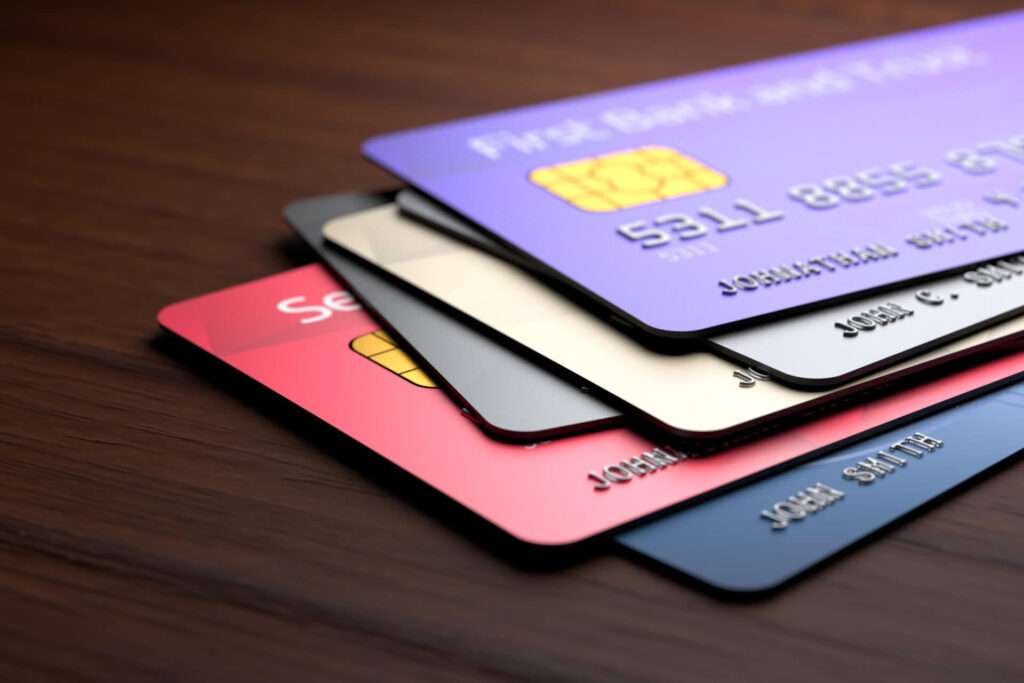Financial independence is an integral part of student life. By taking out this credit card, the student would be equipped with one of the main tools on their financial journey. Now we are going to take off on a journey of information into the very core of this credit card for a student.
So, what is it all about, and how does it differ from the other credit cards? Let us list out the reasons why getting it is very handy. Go through how you can get it, its fair share of risks.

What is a student credit card?
A student credit card is a credit issued by a financial institution specifically designed for students. A student credit card, also known as a cash card, is a financial tool tailor-made for young people with low earning capacity.
It is their way to obtain and build a history of payments, as well as monitor your expenses. Unlike general credit cards, which have very demanding requirements, student credit cards are specially shaped to provide financial services.
Students might get fewer privileges on credit cards since their credit limits are lower than those on regular cards, and the rewards are very limited. They might encompass educational resources and tools that comprehensively emphasize the proper utilization of credits by the young adult population.
There are issuers offering features such as text alerts, due date reminders, budgeting apps, or even credit score monitoring. These tools aim to send students on a path of good financial habits.
Difference between student credit card and others:
The main difference is in relation to the minimum admission requirements and on-site residential amenities. Credit cards offered to students are more readily accessible to those with either none at all or only starting to build credit. They could also have lower credit limits and fewer benefits, e.g., cashback. This could be compared to regular credit cards. The student card may include resources such as educational materials, tools, or tips for them to learn about being responsible with credit.
Additionally, student credit cards come with easy-to-hedge acceptance standards as opposed to traditional credit cards. It can be feasible for them as they will hardly have the requirement of a substantial income or a good credit history.
Reasons to Get a Student Card:
Acquiring a student credit card can offer several advantages:
Building Credit History:
Teaching students how to use their credit card for daily expenses. It guides students to pay them off in full each month and will set them up for lifelong financial success. Building a good credit history by doing this is central for later ventures in life like moving into a rented flat or borrowing money.
Financial Independence:
It ensures students feel the life experience of being financially independent. At the same time, it provides them with monetary management skills that are crucial later in their lives.
Students can get familiar with the concepts of responsible debt incurrence by correctly managing their credit cards. In essence, they can learn to budget, track expenses, and prioritize their debt repayments.
Emergency Fund:
Credit cards serve as emergency funds. They give you confidence in times of trouble and help you be able to meet expenses when the unexpected happens. In this case, it might be necessary to cover an unexpected health care charge or to pay for a car repair. Here is where getting credit can be helpful.
Convenience:
Credit cards for students strike the notes of financial independence, which lie in the opportunity to buy something online or in a store where you do not carry a lot of cash. They don’t require you to physically visit the store to buy textbooks, supplies, and other things. They can save you a lot of time and money.
Rewards and Perks:
Most entry-level credit cards do not afford the same rewards and cashback options that are offered by premium-brand credit cards. However, student cards usually reward the spending made on them, thus making them more attractive. They may get the benefit in the form of cashback on purchases, suppression offers, or even travel rewards.
How to Get a Student Credit Card:
The process of obtaining a student credit card is relatively straightforward:
Research:
Start by finding out information about credit cards that are designed for students explicitly. Weigh interest rates, fees, rewards, and other features to make sure you’ll be getting the best option that matches your financial goals.
Eligibility Check:
Almost all types of college student credit cards are applied for and granted to individuals who are enrolled in school or university. Make sure you are eligible for credit card issues according to the terms and conditions. Some issuers may also ask for a minimum age along with the income level of the applicants.
Application:
Fill out the application either online or in person, whereby you provide the needed personal details and financial details. Do not self-censor or deny yourself transparency in your answers. You may be asked to come up with supporting documents, which another student may, for example, be asked for your student ID.
Credit Limit:
When approved, the establishment of the limit will be further dependent on factors like income and credit records. It is equally important to be cautious with this card. Don’t go beyond the credit limit you have been promised and end up in debt.
Activation:
The next step is getting your card activated. The instructions to do that can be found on your card. This card needs to be activated and should be used for purchases.
Write thank-you notes that reflect on the value they have added to your life and thank them for being part of it. Certain issuers could provide extended incentives to come into effect. These may include attractive bonus points or interest rates, at the initial stage.
Risks of Student Cards:
While student credit cards offer numerous benefits, they also come with potential risks:
Accumulating Debt: Wrong planning and not being responsible could make students spend what they cannot afford. This debt in the future will be a great responsibility for them. It is highly important to charge only the maximum amount of money from your income. Make sure to pay off as you go whenever possible, and avoid carrying the balance.
High Interest Rates: Indeed, the ever-learned student credit cards frequently bear double-digit interest rates. By holding a balance, one could get substantial interest rate charges in the long run, and it may be difficult to get out of debt.
Impact on Credit Score: A credit focused on maxing out or postponing payments will impact your credit score. This in turn will determine the financial status of your borrowing in the future. It’s highly recommended to pay back promptly as well as keep utilization of credit to a minimum so the score will stay in place.
Identity Theft: Teenage students may have a higher chance of being targets of scams or identity theft. Especially when they are shopping online and getting personal data on the wrong side. It is worth paying close attention to and protecting your card and any personal data. You need to check all transactions on a regular basis and immediately inform your bank about any suspicious activity or charges.
Conclusion:
Ultimately, at the beginning of this course, a credit card designed for students can be useful as a financial tool for young people starting their path to a financially independent life. It is where seeking is used to develop credit, learn money management skills, and enjoy the speed of cashless transactions.
Nevertheless, there is a need to be cautious, and rather than taking risks without consideration, it’s vital to take precautions. The students can quickly accumulate a substantial credit rating if they use a student’s credit card responsibly. They will develop a good supply for the future.
Keep in mind that discovering the advantages of student credit cards is based primarily on acquiring the skills of prudent spending practices and smart borrowing knowledge.



